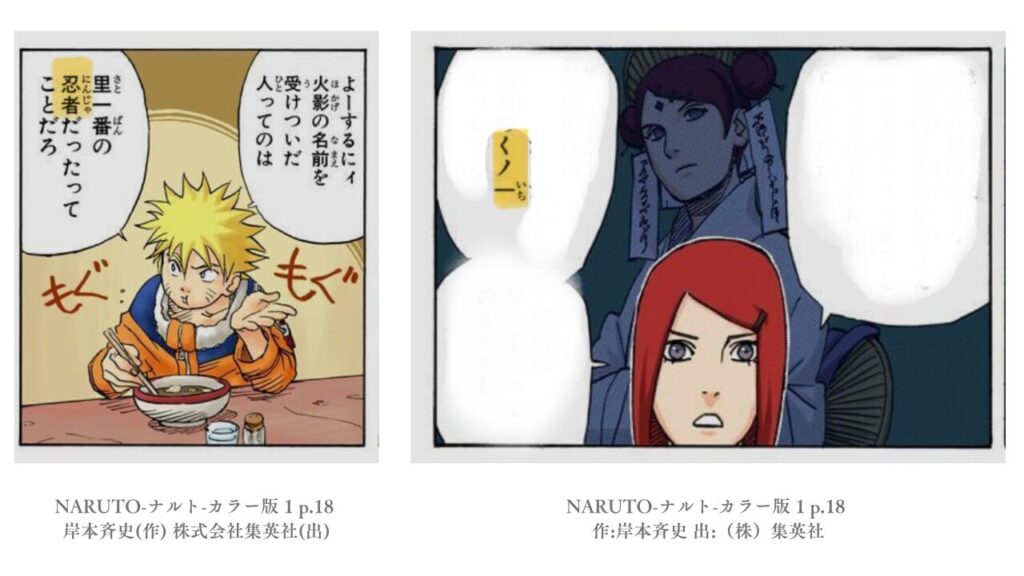
A Ninjya (忍者), also known as Shinobi (忍び), refers to a covert agent or mercenary in feudal Japan, renowned for their skills in espionage, sabotage, guerrilla warfare, and assassination. Ninjas played a key role in the political and military conflicts of Japan, particularly during the Sengoku period(1467–1615), a time of intense civil war and unrest.
A breakdown of key aspects of ninja
1. Historical Role and Origins
- The origins of the ninja can be traced back to Japan’s feudal era, when conflicts between powerful warlords (daimyōs) created a demand for specialized warriors capable of covert operations.
- Unlike the "samurai," who followed a strict code of honor (bushidō) and were usually aligned with the ruling elite, ninjas were often from lower social classes and operated outside the moral boundaries of samurai warfare.
- The practice of espionage and guerrilla tactics developed into what became known as "ninjutsu" (the art of stealth), which encompasses a wide variety of skills used by ninja in their missions.
2. Ninjutsu (The Art of Stealth)
- ”Ninjutsu” refers to the various techniques and skills ninjas employed, including espionage, disguise, escape, concealment, assassination, and information gathering.
- These skills were designed for stealth and subterfuge, allowing ninjas to avoid direct combat when possible. A key element of ninjutsu was deception, making ninjas experts in psychological warfare.
3.Famous Ninja Clans
- The most famous ninja clans were based in the mountainous regions of "Iga" and "Kouka", where ninjas were trained in their arts and hired by warlords to engage in covert operations.
- The "Iga-ryū" (Iga school) and "Kouka-ryū" (Kouka school) were among the most prominent schools of ninjutsu, and many of the legends surrounding ninja originate from these areas.
- There are many spots related to ninjas in Kouka City and Iga City.

4. Skills and Techniques
- Espionage: Ninjas were primarily spies, infiltrating enemy territories, gathering information, and delivering it to their employers.
- Sabotage and Guerrilla Warfare: Ninjas often carried out acts of sabotage, such as burning enemy castles or supplies, and were skilled in hit-and-run tactics.
- Disguise and Deception: A ninja might disguise themselves as a monk, merchant, or farmer to infiltrate enemy ranks or escape detection.
- Martial Arts: Ninjas were also trained in combat, including various forms of martial arts, though they typically avoided direct confrontation unless necessary.
- Stealth Techniques: Ninjas used darkness, natural surroundings, and special tools to hide or make silent movements. Their ability to blend into their environment was a key element of their success.
- Weapons: Ninjas used a variety of weapons, including traditional swords (katana), shuriken (throwing stars), blowguns, smoke bombs, and even poison.

5.Difference Between Ninjas and Samurai
- Samurai: Samurai were noble warriors who followed a strict code of ethics known as ”bushidō”. They were often in service to a lord and operated with honor, engaging in open combat.
- Ninja: Ninjas, on the other hand, were irregular soldiers who used stealth and deceit. While samurai fought with honor, ninjas were more pragmatic and used any means necessary to achieve their objectives.
6. Famous Ninjas in History
- Hattori Hanzou: One of the most famous ninjas in history, Hattori Hanzō served the Tokugawa clan during the Sengoku period and was instrumental in the establishment of the Tokugawa shogunate.
- Mochizuki Chiyome: A female ninja (kunoichi) who is believed to have led a network of female ninjas who acted as spies and messengers during the feudal era.

7. Modern Misconceptions
- While popular media often portrays ninjas in black outfits, this is largely a myth. In reality, ninjas would wear whatever clothing suited their mission, including everyday clothes for disguise. The black-clad image of the ninja comes from "kabuki theater", where stagehands dressed in black were meant to be "invisible" to the audience, an idea later associated with ninjas.
8. Legacy
- The legacy of the ninja continues to capture the imagination of people worldwide. While their historical role as covert agents of feudal Japan has ended, their techniques and image as shadowy figures of stealth have made them iconic symbols of Japanese culture.
- Ninjas remain fascinating figures of both history and legend, representing the duality of discipline and mystery in Japanese warrior traditions.
9. Ninjas in Popular Culture
- Today, ninjas are often depicted in popular media, including films, anime, and video games. While modern portrayals tend to be highly exaggerated or stylized, the ninja has become an enduring symbol of mystery and stealth.
- Ninjutsu Schools: Modern ninjutsu still exists in various martial arts schools that claim to continue the traditions of the ancient ninja.
- Movies and Anime: Films such as the “Ninja Assassin” series and characters in anime like “Naruto” have helped solidify the image of the ninja in global pop culture.
Character
| ひらがな | にんじゃ |
| カタカナ | ニンジャ |
| 漢字 | 忍者 |
| pronunciation | ni n jya |
| ひらがな | くのいち |
| カタカナ | クノイチ |
| 漢字 | くの一 |
| pronunciation | ku no i chi |
| meaning | Female Ninjya |
NARUTO

NARUTO is a story based on ninjas, so NARUTO and SASUKE are Ninjas, and SAKURA is a Kunoichi.

NARUTO, Digital colored comics, Japanese, 1
ONE PIECE

In the WanoKuni arc of One Piece, Chopper dressed as ninjya, a ninja, and a kunoichi appear.

ONE PIECE-91, Digital colored comics, Japanese, 侍の国の冒険
DAMON SLAYER

Tengen Uzu is a former ninja. And Kunoichi appears in Volume 9 of Demon Slayer: Kimetsu no Yaiba.

Demon Slayer: Kimetsu no Yaiba, Japanese Vol. 9 - DIGITAL

Ninja Figher Red Moon Japan Sword Samurai Warrior T-Shirt